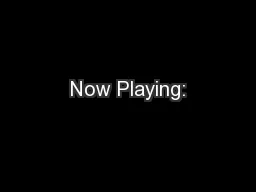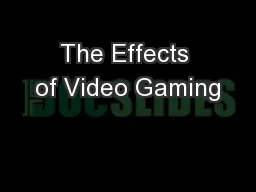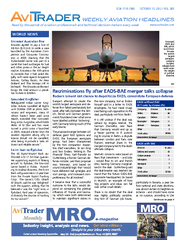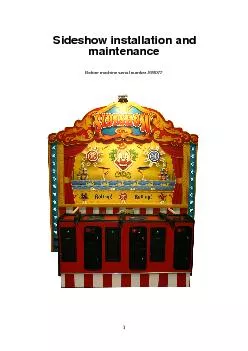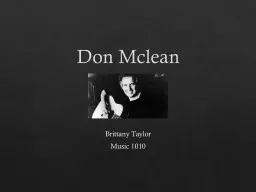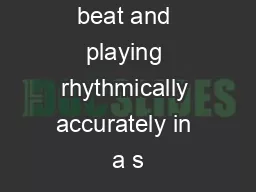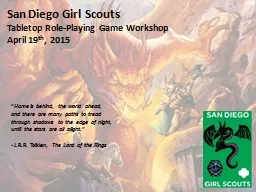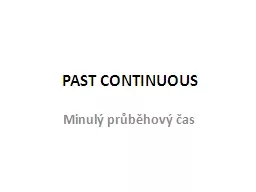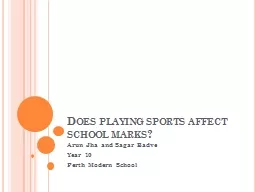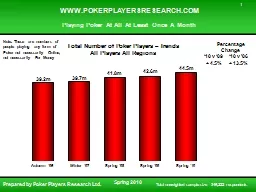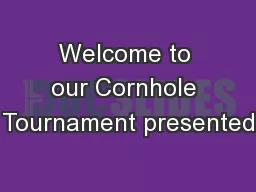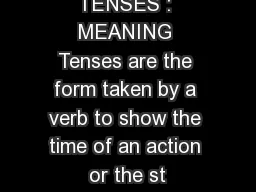PPT-Now Playing:
Author : natalia-silvester | Published Date : 2016-05-22
Danny Elfman Film Composer and Musician Who is Danny Elfman Writer and performer for musical theater troupe Mystic Knights of the Oingo Boingo in the late
Presentation Embed Code
Download Presentation
Download Presentation The PPT/PDF document "Now Playing:" is the property of its rightful owner. Permission is granted to download and print the materials on this website for personal, non-commercial use only, and to display it on your personal computer provided you do not modify the materials and that you retain all copyright notices contained in the materials. By downloading content from our website, you accept the terms of this agreement.
Now Playing:: Transcript
Download Rules Of Document
"Now Playing:"The content belongs to its owner. You may download and print it for personal use, without modification, and keep all copyright notices. By downloading, you agree to these terms.
Related Documents

